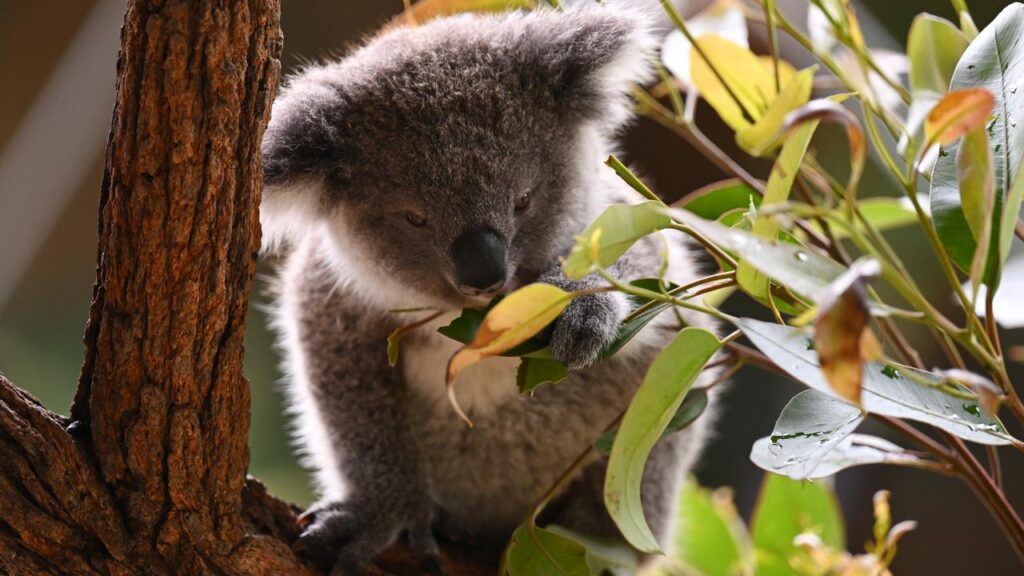Coal mine project threatens ‘significant’ koala habitat
Poppy Johnston |

A population of endangered koalas has been spotted by drones in a patch of bushland earmarked for a coal mine expansion.
The discovery of 13 marsupials in one night in the 1.6sq/km area within the Glencore Hail Creek coal mine expansion site in central Queensland has been described by conservation groups and ecologists as significant for the species.
“These findings confirm this koala population is likely of national significance – something we suggested as early as 2017,” University of Queensland ecological researcher Bill Ellis said.

The conservation status of the iconic creature was officially bumped from vulnerable to threatened in 2022 for stressed populations in Queensland, NSW and the ACT.
Koalas have been under pressure for decades from habitat loss, disease and bushfires as well as other weather extremes fanned by climate change.
It’s not the only native species in trouble, with Australia topping global rankings for mammal extinction.
Global mining giant Glencore plans to expand the footprint of the Hail Creek metallurgical and thermal coal export mine, a move its environmental assessment shows will disrupt nearly 600 hectares of “ecologically significant” koala habitat.
The project is waiting for state environment approval and conservation groups expect the mine proposal to trigger federal nature laws.
Queensland Conservation Council coal and gas campaigner Charlie Cox, one of the groups behind the drone investigation, said the discovery of a significant koala population should ring alarm bells for Federal Environment Minster Murray Watt.
“If the Albanese government means it when they say they are serious about no new extinctions, then they must halt all coal project assessments in the region until the population size, health and habitat can be thoroughly investigated,” she said.

Lock the Gate and the Mackay Conservation Group were also involved in the drone surveying of the site.
Mines and other types of development impinging on threatened species habitat have been able to secure environmental approval in the past on the condition trees are planted or biodiversity loss offset in other ways.
Ms Cox said offsetting habitat destruction was rarely effective, with koalas unable to live among tree seedlings, nor receptive to relocation.
“You can’t just necessarily up and move those koalas to another habitat, hundreds of kilometres away,” she told AAP.
A Glencore spokesperson said the company was “very aware” of existing koala habitat on the site.
“We are working closely with state and federal governments to deliver an effective environmental management plan to minimise impact on flora and fauna in the Hail Creek project area,” they said.
The company did not provide a direct response to questions about the effectiveness of biodiversity offsets and land rehabilitation programs.

Mackay Conservation Group climate campaigner Imogen Lindenberg said Hail Creek’s greenhouse gas emissions were also contributing to climate change, another “nail in the coffin” for endangered koalas.
The methane that escapes as part of the open cut coal mine’s operations has come under scrutiny, with a study released earlier this year saying the amount of the potent greenhouse gas emitted by the site may have been underestimated.
The Glencore spokesperson said the company was continuing to manage its greenhouse emissions in compliance with the national safeguard mechanism, the federal policy designed to cut emissions at Australia’s largest industrial facilities.
AAP


